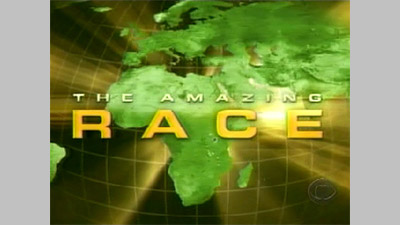Question:
Dear Big Picture Big Sound,
I do and don't understand why people are upgrading to HDTV. I checked out my Dad' s 26" Sharp LCD TV on HDTV cable. If all you do is watch blu-ray or HDTV broadcasts then yes. If you watch everything like me, and channel surf at warp speed, then there is a problem with a HDTV with cable. Since only 15 stations out of 150 are HD with my subscriber, therein lies the main problem.
Land on a 720p or 1080i HDTV broadcast, then bingo - great picture. Land on 480i broadcast, then bingo - crap. ( even in 4:3 format). Even HD channels like ESPNHD are not all HD, it is back and forth during news, updates etc. Go from good to bad picture, bars, no bars. Who wants to look at that? Even when (ten years?) all stations are broadcasting in HD, what about when they show old shows (Brady Bunch) in 480i? Same problem.
Do you agree the answer is either
a.) All shows and broadcasts in 100% 720p or 1080i? Even reformatted 1960 reruns. Is that even possible?
or
b.) A TV that fully supports and formats 480i, 720p, 1080i, 1080p. By that, I mean when I watch 720p and 1080i broadcasts it looks like HD, and when I watch 480i broadcasts if looks like SD (like my current analog SD cable and analog XBR CRT TV).
Do you understand what I am talking about, or am I the only one that doesn't like the way existing TV shows look in HD?
-Barry M.
Answer:
Hi, Barry,
You're certainly not the first person to notice that older (and even newer) standard definition content looks bad on their new flat panel HDTV. But the quality of regular (standard def) TV on an HDTV display varies considerably based on the quality of the upconversion in the cable box or in the TV itself.
Cable is notorious for having some of the worst compression artifacts both on SD and HD broadcasts -- garbage in, garbage out. And if the cable box only allows you to set one output resolution (e.g., 720p or 1080i output) then you're at the mercy of the cheap cable converter box to convert these standard definition signals to HD resolution.
A good high quality SD signal broadcast over the air looks pretty good on an HDTV, as long as that HDTV has a good video processor on board. If standard def TV looks bad on your dad's HDTV then either the cable box is upconverting the SD to HD badly or the television is. It's a common problem, but with a good video processor it can be improved. You should check in the cable box set-up menu to see if "output resolution" is one of the choices. Look for a "native" option -- this will output 720p programs at 720p, 1080i at 1080i, 480i at 480i, and will let the TV set do the conversion to the native panel resolution. This might make things a bit (or a lot) better. If not, then consider going with another provider such as DIRECTV or DISH Network each of whom offer well over 50 HDTV channels, some of which are filled with exclusive high definition content.

"The Amazing Race" is one popular network show that is not shot in High Definition,
so you'll see grey or black bars on the side when viewing it on a widescreen HDTV
(unless you choose to stretch the image to fit the screen).
The problem will never go away entirely. Reformatting 4:3 content to fit a 16:9 screen means losing some of the picture or distorting (stretching) the screen. Whether you do that in a mastering studio or in the TV's video processor, the issue is the same. But we already have to deal with that anyway on widescreen movies. Most movies are shot/projected at 2.35:1 or 2.4:1. Try to watch these on an HDTV with its 1.77:1 ratio and you get letterbox bars at the top and bottom. It's the only way to fit the original picture on the screen. Anything else loses picture.
Probably the best solution is the newer "fixed height" front projector systems. These have special lenses and electronics that detect the incoming aspect ratio of the source and they project an image that exactly matches that aspect ratio. The better ones actually have motorized screen masks that expand and contract the screen to exactly fit the projected material. But you're looking at $15K+ for a system like this, and you'll need to control room lighting as well for best effect.
Anyway, don't let one bad experience put you off upgrading to HDTV. The best sets on the market today will produce exceptional images with HD content, and will even make standard definition TV watchable.
Hope that helps.
-Chris